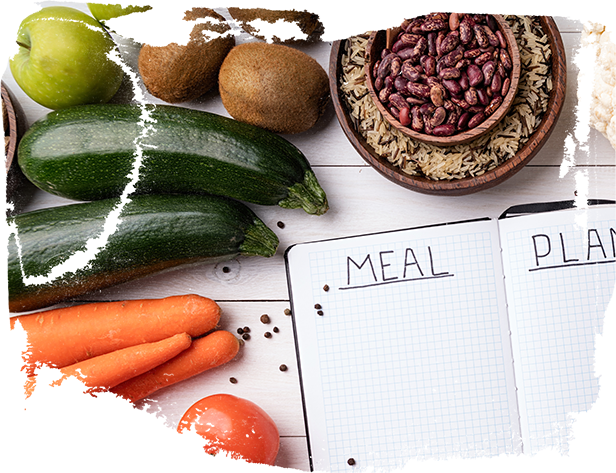Although you might know that eating certain foods can increase your heart disease risk, changing your eating habits is often tough. Whether you have years of unhealthy eating under your belt or you simply want to fine-tune your diet, here are eight heart-healthy diet tips. Once you know which foods to eat more of and which foods to limit, you’ll be on your way toward a heart-healthy diet.
1 – Control your portion size
How much you eat is just as important as what you eat. Overloading your plate, taking seconds and eating until you feel stuffed can lead to eating more calories than you should. Portions served in restaurants are often more than anyone needs.
Following a few simple tips to control food portion size can help you shape up your diet as well as your heart and waistline:
- Use a small plate or bowl to help control your portions.
- Eat more low-calorie, nutrient-rich foods, such as fruits and vegetables
- Eat smaller amounts of high-calorie, high-sodium foods, such as refined, processed or fast foods…
3 – Select whole grains
Whole grains are good sources of fiber and other nutrients that play a role in regulating blood pressure and heart health. You can increase the amount of whole grains in a heart-healthy diet by making simple substitutions for refined grain products. Or be adventuresome and try a new whole grain, such as whole-grain farro, quinoa or barley…
7 – Plan ahead: Create daily menus
Create daily menus using the six strategies listed above. When selecting foods for each meal and snack, emphasize vegetables, fruits and whole grains. Choose lean protein sources and healthy fats, and limit salty foods. Watch your portion sizes and add variety to your menu choices….
To read the full article, click here.

